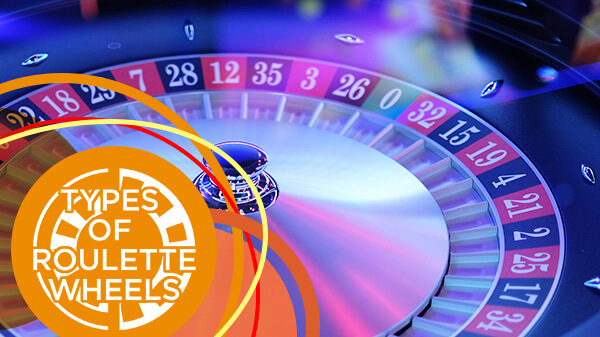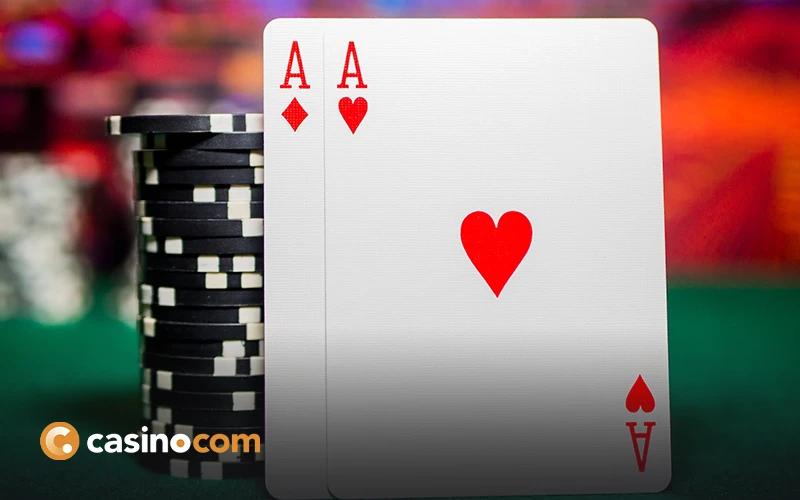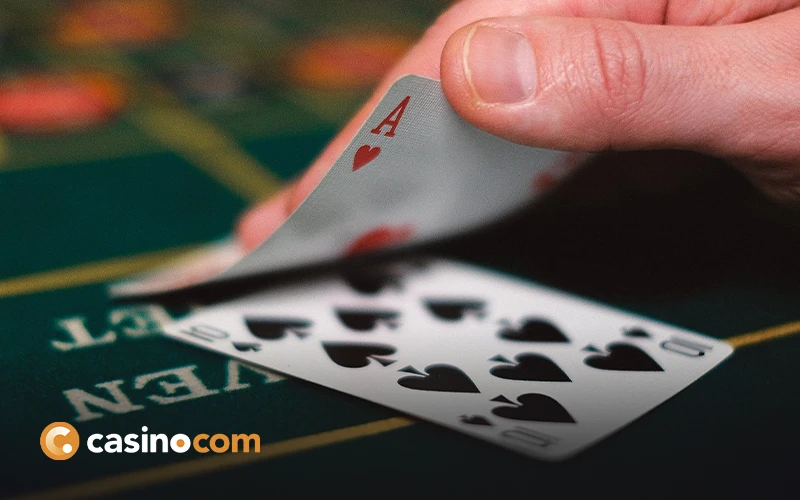Roulette may be a game of chance, but it’s nonetheless governed by a series of well-documented rules. These differ depending upon the type of wheel being used, with three distinct variants existing: European, French, and American.
In this article, we’ll take a look at the various types of roulette, the rules that lay out how they’re played, and the differences between them. By the time we’re done, this should ensure you have an in-depth understanding of the three roulette variations and can decide which would be the best option for you.
What is Roulette and How Do You Play?
Roulette is one of the simplest casino games out there. There is a wheel featuring different-coloured numbers – red and black with the zero in green – ranging from 1-36. When the wheel is spun, a ball is dropped and each player hopes for it to land on their number/colour.
The betting options are a bit more unique. You can wager on individual numbers, but that’s not all. Bet on 1-18, 19-36, even numbers, odd numbers, black, red, any numbers 1-12 (1st 12), 13-24 (2nd 12), or 25-36 (3rd 12).
Learning the odds on each wager can take some time. There is also understanding what kind of edge the house has, which varies depending on the version you play. It takes some time to become an expert but virtually anyone can get in on the action without being totally lost in the process.
What is European roulette and how does it work?
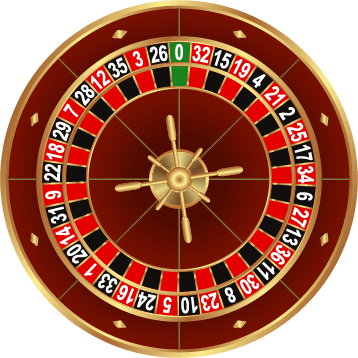
Although there are three different types of roulette and three sets of rules to learn, the game remains one of the easiest to play and understand. Essentially, you’re looking to guess where on the wheel the ball will land, and this applies no matter which roulette variant you’re playing. The European roulette wheel differs from its counterparts in one key way: it features only 37 numbers. Unlike other transatlantic variants, it has a single zero pocket, meaning the house edge is lower. As a result, the player has a one in 37 chance of choosing the right number (or 2.7 percent) if they bet on a specific number. This can make the game more appealing to players than its American counterpart.
It is also worth noting that the so-called “La Partage” rule (see below) is not commonly available in European roulette and can typically only be found in French roulette.
Note here that its name – European roulette – is misleading. This version of the game is found worldwide and is the standard variant in almost all countries outside of the United States. Even in the US, many casinos make it available to customers, especially in high-limit rooms where they want to entice players in with more attractive odds.
What is French roulette and how does it differ?
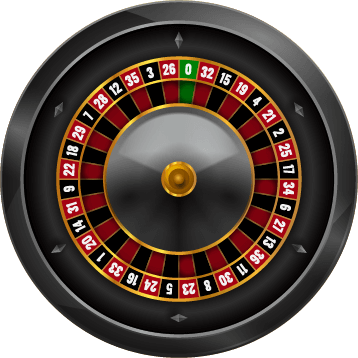
Like its European counterpart, a French roulette wheel also has 37 numbers. However, the rules of the game are slightly different. That’s because this version has two unique features built into it, known as “en prison” and “la partage”.
Also referred to as the half-back rule, the latter means that if the player makes an even-money bet and the ball lands on zero, they have 50 percent of their stake returned to them. As a result, they face a reduced risk of losing the entirety of their bet.
Players can also choose to imprison their stake if they don’t want to sacrifice the remaining half. If an imprisoned bet wins on the following spin, the player has their money returned to them minus their winnings.
Again, the French variant of the game is available in casinos across the globe.
Why does American roulette use a different wheel?
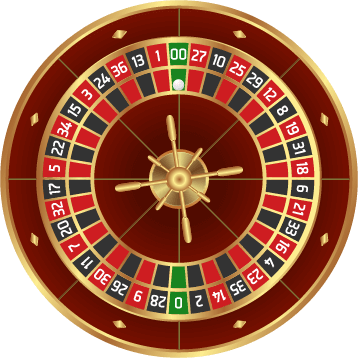
There is a third version of the game too. This differs in that an American roulette wheel has 38 options. While it features numbers one through to 36, the same as other roulette wheels, it has not only a single zero but a double zero pocket also. This gives the house a marginally higher edge.
As well as betting on individual numbers, players can place “outside” bets on combinations of numbers. These roulette rules apply in all American casinos except those located in Atlantic City, which have slightly different rules.
For the purposes of covering all of the roulette types, it’s worth briefly touching on how this version differs. Atlantic City casinos tend to follow their own variation of the half-back rule, with players losing only 50 percent of their stake on any even money bet if the ball lands on either zero or double zero.
What this does is lower the house edge to 2.63 percent. However, for those playing at roulette tables with a single zero wheel, the same rule does not apply, irrespective of where the game is played.
Examine the roulette wheel closely and you will see that the American roulette wheel layout is different from the European versions in another way. The order of the numbers is completely different in European v American wheels. While both use numbers from 1 to 36, the order in which they are arranged is not the same, although both wheel types make sure to never have consecutive numbers of the same colour.
The European roulette wheel layout also ensures that there are fewer cases where low numbers are next to other low numbers, and the same for high numbers.
Are All Roulette Wheels the Same?
At initial glance, it looks like every roulette wheel is the same. As it turns out, there are actually quite a few depending on what version of the game you play. American and European roulette are the two most common wheels you will find.
For starters, the biggest difference you will note is that the American version comes with a pair of zeroes on the cylinder compared to just one for the European version. That provides a larger advantage to casinos, so keep that in mind. Playing in America, you don’t really have a choice, however. Let’s get into the two main types and get to know them better.
European Roulette Wheel
The European wheel, also referred to as a French wheel, only has one zero. For variance, it is the superior option and decreases the house edge by a good deal. The zero slot is green, as it is on the American version, and the 36 numbers are split equally between black and red.
The sequencing for the European wheel is different from the American wheel as well. The sequence is as follows for the European wheel: 26, 3, 35, 12, 28, 7, 29, 18, 22, 9, 31, 14, 20, 1, 33, 16, 24, 5, 10, 23, 8, 30, 11, 36, 13, 27, 6, 34, 17, 25, 2, 21, 4, 19, 15, and 32.
American Roulette Wheel
On the American wheel, you are looking at 38 pockets, one more than the European wheel. The same 0-36 numbers are there, but there is a 00 as well. The 36 are split between red and black with both zeroes in green. Slots are placed on opposite sides of the cylinder so that there aren’t any adjacent numbers that are the same color.
It is also important to note that the numbers on the American wheel go in counterclockwise sequence compared to the clockwise European wheel. The sequence is as follows: 0, 2, 14, 35, 23, 4, 16, 33, 21, 6, 18, 31, 19, 8, 12, 29, 25, 10, 27, 00, 1, 13, 36, 24, 3, 15, 34, 22, 5, 17, 32, 20, 7, 11, 30, 26, 9, and 28.
Bets Limited to the European Roulette Wheel
While the differences between the two wheels may seem subtle, the biggest difference is that there are bets specific to the European wheel. The dealer places the bet after the player orders him and the chips have been exchanged. The dealer will ask if there are any further bets in order to prevent potential confusion. There are specific bets that players at a European roulette wheel can make:
Zero play. Zero play covers 12, 35, 3, 26, 0, 32, and 15. Using four chips, you would bet one on the 0/3 split, 12-15 split, on the 32-35 split, and one straight up on 26.
Voisins de zero (Neighbors of Zero). The numbers covered are 22, 18, 29, 7, 28, 12, 35, 3, 26, 0, 32, 15, 19, 4, 21, 2, and 25. This bet involves a whopping nine chips. Two chips go on 0-2-3, while one each goes onto splits 4-7, 12-15, 18-21, 19-22, 32-35, and a single one on the 25-26-28-29 corner.
Tiers. With the tiers bet, numbers 17, 34, 6, 1, 20, 14, 31, and 9 are covered. A single chip is placed on splits 5-8, 10-11, 13-16, 23-24, 27-30, and 33-36.
Neighbors. The neighbors bet covers five consecutive numbers on a wheel by indicating the middle number. It includes five bets with one chip on each of the five consecutive numbers.
Orphelins (Orphans). There are two bets here. An orphan bet covers 17, 34, 6, 1, 20, 14, 31, and 9. You can also bet on splits, placing a chip on 1 as well as on splits 6-9, 14-17, 17-20, and 31-34.
How do I Choose the Right Version for Me
Onto the final and most important question: how do you choose the version of the game that’s best for you? That largely depends on personal preference and what you as a player prize, which is why we suggest trying each of the three before you reach any firm and final conclusion.
Of course, there are some concrete differences that each variation can offer that can substantially change how you play the game. One of the most important distinctions is the house edge, which is determined by the number of “zero” pockets on the roulette wheel. In American roulette, the house edge is considerably higher, owing to the fact that there is one extra “zero” pocket on the wheel (“0” and “00”).
This puts the house edge in American roulette at 5.26%, compared to just 2.7% for European and French roulette. Meanwhile, there are different bets and gameplay rules in each game that change your outcomes. One of these is the La Partage rule, which is exclusively available in French roulette.
With La Partage, if you place an even-money bet and the ball lands on the zero, you can instantly get half of your stake back, instead of losing it outright. Some European and French roulette tables also abide by the “En Prison” rule.
With this, when your ball lands in the zero, it is automatically “in prison”. It is then up to you to decide whether you want to take back half of your original stake or if you want to spin the wheel again for free and try and win. It is for these reasons that European and French roulette tends to be more popular among many casino gamers.

Previous: How to Play Roulette
Next: Roulette Betting

